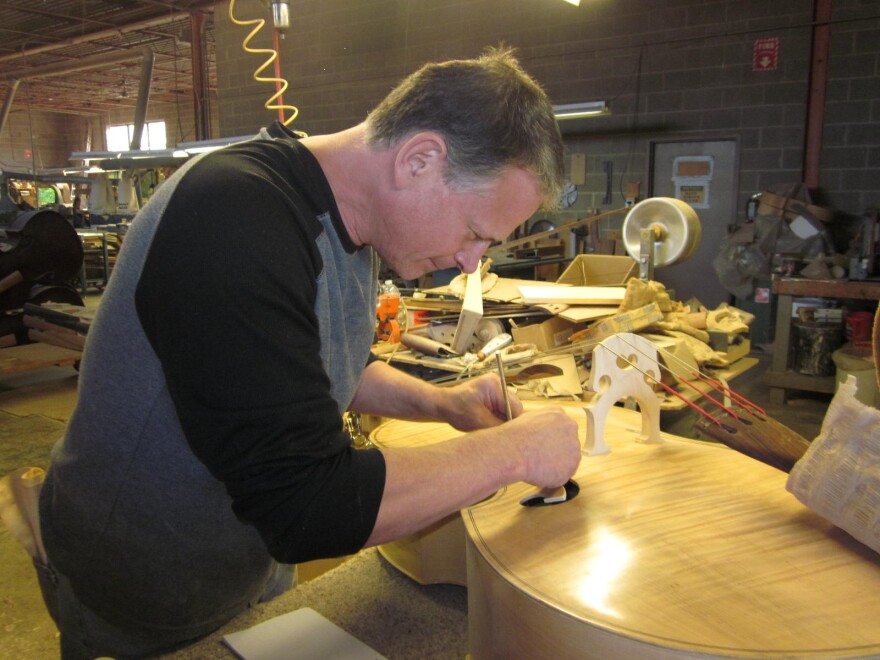Today’s American manufacturing industry is a shadow of what it once was. It’s lost millions of jobs and thousands of factories.
Many of us know what some of those factories looked like in their heyday. Not because we visited the factories ourselves, but because we watched them on T.V., with Mr. Rogers as our tour guide. Mr. Rogers’ factory videos started airing in the early nineteen seventies and ran through the late nineties.
Through these kids watched how all kinds of things in the world around them were made, like construction paper and graham crackers.
http://www.youtube.com/watch?v=lIgPLVjo-S8
These places were full of old looking metal equipment and conveyer belts lit by florescent lights. They were also full of people, workers were busy pumping out things like trumpets and shoes and flashlights. I wanted to know if the factories in some of these video's had survived all the upheaval in manufacturing over the last few decades.
Plastic balls
In 1998, Mr. Rogers visited Hedstrom Entertainment in Ashland, Ohio to find out how people make those swirly colored plastic balls preschoolers love to roll and throw. The factory was steadily producing then, but what about now?
"Well, you know we moved our factory to China in 2004 out of just sheer need," said Jim Braeunig. He runs Hedstrom Entertainment. "Wages and things had gotten to the point-and benefits-where it made it impossible to compete with the Chinese product."
Braeunig says he did what he could for years to keep his factory in the U.S. He automated, he increased efficiency and he cut a million dollars a year in costs. He felt the only way to keep his company out of bankruptcy was to move his factory to China. So reluctantly he did it. He still had to cut hundreds of jobs.
The real problem with making toys in the U.S is this, says Braeunig. People expect things to be cheap. When the Ohio factory closed people were only willing to pay around $.99 for his cheapest ball. That’s less than people paid for the same product in 1967. Braeunig says he just can’t make products for that price here anymore.
Bass violins
But in Oak Park Illinois there is a factory running virtually unchanged from when Mr. Rogers visited in 1985.
The factory is really a huge woodshop, called Link Bass and Cello. Tom Link is the owner and they make upright basses and cellos.
“It’s old school," said Link. "People come back and are surprised we’re still around as an instrument maker, because we are a dwindling number.
Since the video was made China has moved to dominate the cello market. Link’s production is down about 80 percent. Staff is down too, from around 15 to 3 people.
An uncertain future
Even with the changes in the market, Link’s company has been able to adjust and stay healthy. They now concentrate on selling the pricier upright basses because it’s a niche market with loyal customers. And, in general, smaller manufacturers of specialty products have done better than others over the last decade. Link says something else is important too. It's really expensive to ship a bass violin from China.
Shipping costs alone can’t bring back factories and jobs lost over the years. Analysts say that these shipping costs, combined with falling American wages and a shift to higher-tech products could mean American factories can once again do well.
But analysts say, it’s a tough road ahead. It might also be tough to interest a new generation of kids to watch how these high-tech products are made. Lithium ion batteries and artificial hips are very different from instruments and plastic balls.


